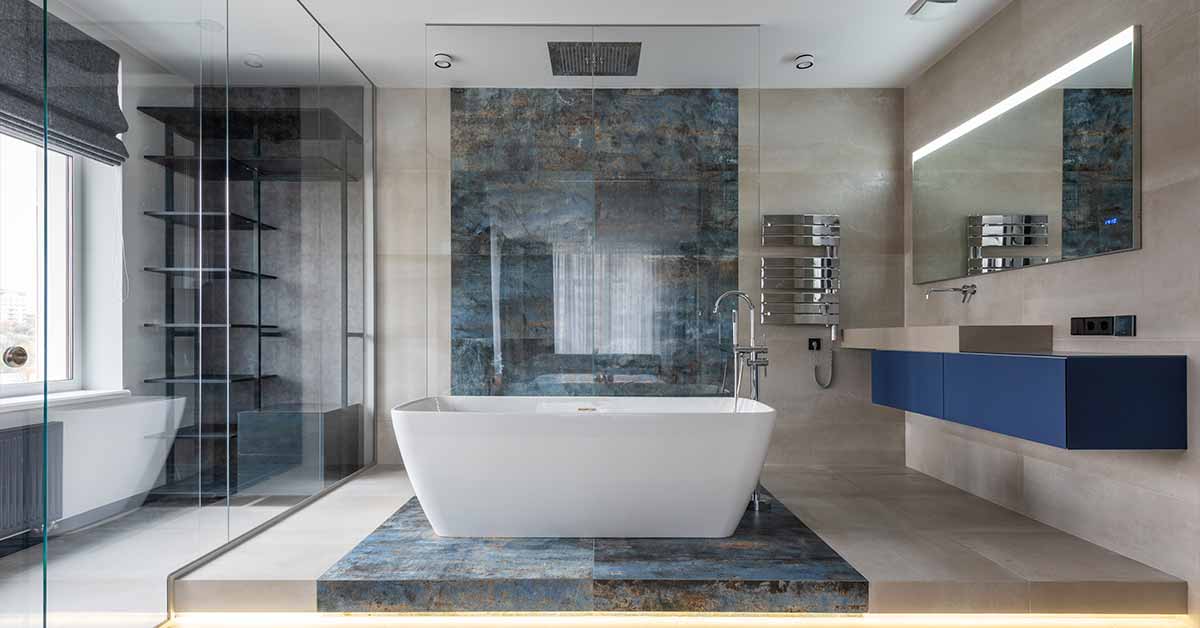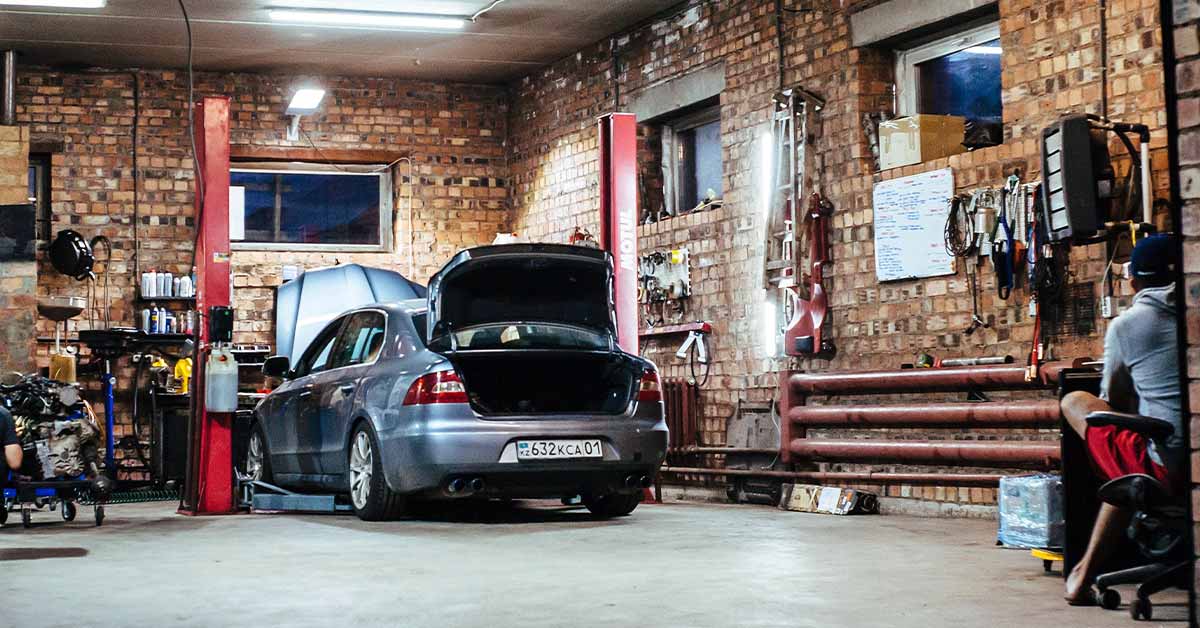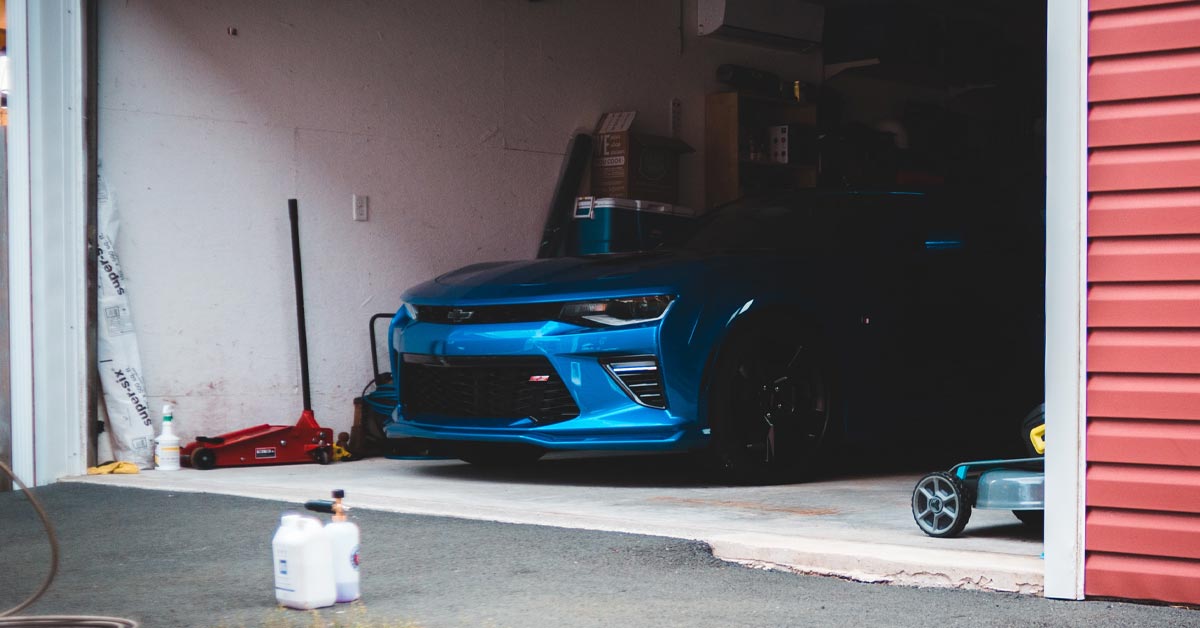A bathroom without storage space can really cramp your style. If you find yourself constantly knocking over toiletries and bathing supplies, some extra storage space might just be the solution to your problem. Without too much effort, you could optimize the space that is already there, or you could get creative with your space-creating solutions.
Use a Door-Hanging Shoe Caddy for Added Storage
If the back of your bathroom door is available, a door-hanging shoe caddy can contribute plenty of storage space. These can be bought at most general retailers and they simply hang from a door.
Fill the pockets of your hanging shoe caddy with toiletry bottles, bathing supplies and more.
Create a Towel Holder from a Wine Rack
The shape of many wall hanging wine racks is perfect for holding rolled towels. In addition to providing a classy look, these are usually generally easy to install. In most cases, all you will need to do is screw the rack into the wall to create a wall holder for towels.
Before you screw in the wine rack to the wall, be sure to check that it is level. To do this most efficiently, you may want to ask a friend to help.
You should be able to find suitable wine racks at big box stores, general retailers and hardware stores.
Once the wine rack is mounted on the wall, roll up your towels and place them in the slots where the wine bottles would normally go.
Store Spare Toilet Paper in Oatmeal Canisters
Toilet paper stacked precariously in your cabinets can be easily knocked over and can contribute to clutter. Large oatmeal canisters can store up to three rolls of toilet paper — depending on the kind of toilet paper — giving you a nifty spot to stash your TP.
You can add some flair to your oatmeal canister by covering its outer surfaces with a wrapping paper that matches the decor of your bathroom.
Using oatmeal canisters is one option — any kind of large, colorful kitchen canister will work.
Consolidate Magazine Storage with Hangers
Stacks of magazines can rob your bathroom of valuable floor and counter space. To avoid this, you can place hangers on door knobs and towel racks in your bathroom. Hang the magazines by opening the magazines to their middle pages and draping them from the hangers.
For standard-sized magazines, you can expect to be able to drape quite a few from your hanger before it becomes too heavy. For larger or special edition magazines, you may only be able to hang two or three.
You can also place a magazine rack behind the toilet to store your magazines.
Alternatively, you can rent a storage unit to store all your bathroom needs. At U-Lock Mini Storage, we offer a wide selection of storage unit sizes for you to choose from. We offer storage solutions to our clients across Greater Vancouver,Vancouver Island and the Fraser Valley with storage units in Chilliwack (Chilliwack U-Lock Mini Storage), South Surrey and White Rock (White Rock U-Lock Mini Storage), Burnaby and Vancouver (Burnaby U-Lock Mini Storage), Victoria (Victoria U-Lock Mini Storage), Nanaimo (Nanaimo U-Lock Mini Storage) and Parksville (Parksville U-Lock Mini Storage).
Please contact a U-Lock Mini Storage self-storage facility near you to inquire about our storage units and our team members will be delighted to answer any questions you have!










